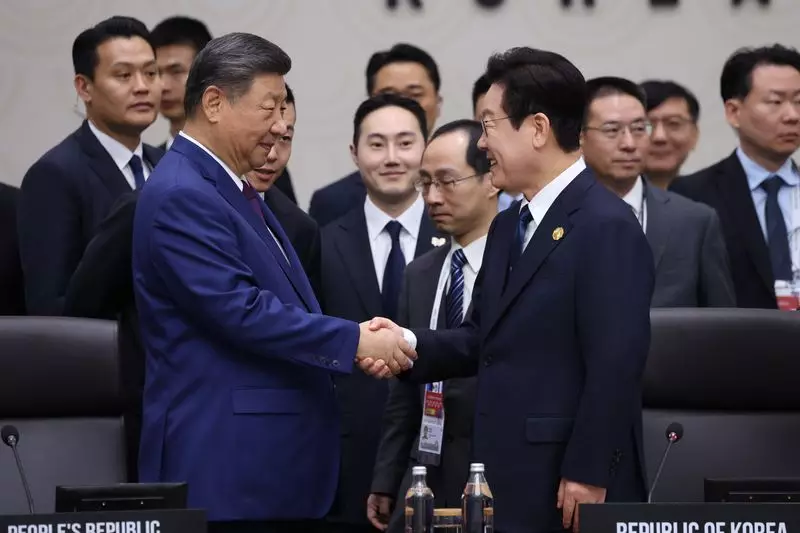
In a significant development for global commerce, leaders from the Asia-Pacific Economic Cooperation (APEC) forum have gathered for crucial talks aimed at rewriting international trade rules. This high-stakes meeting comes hot on the heels of a temporary truce between US President Donald Trump and Chinese President Xi Jinping, creating a window of opportunity for trade reform.
A Critical Juncture for Global Trade
The APEC summit in Chile represents a pivotal moment for the 21-member economic bloc, which accounts for nearly 60% of global GDP. With trade tensions between economic giants threatening worldwide prosperity, the gathering has taken on unprecedented importance.
The recent de-escalation between Washington and Beijing has provided much-needed breathing room for policymakers to address fundamental issues in global commerce. However, underlying tensions remain, creating both challenges and opportunities for meaningful reform.
Key Focus Areas for Economic Revival
Delegates are concentrating on several critical fronts to reinvigorate international trade:
- Digital Economy Framework: Establishing rules for e-commerce and digital trade that reflect modern business realities
- Sustainable Development: Integrating environmental considerations into trade agreements
- Inclusive Growth: Ensuring trade benefits reach all segments of society
- Dispute Resolution: Creating more effective mechanisms for resolving trade conflicts
The Trump-Xi Factor
The temporary ceasefire between the United States and China has dramatically altered the summit's dynamics. While both nations have paused further tariff escalations, the fundamental disagreements that sparked the trade war remain unresolved.
"This truce provides a crucial opportunity, but it's fragile," noted trade analysts observing the proceedings. "APEC leaders recognize they must act quickly to capitalize on this moment while working toward longer-term solutions."
Regional Cooperation Takes Center Stage
Beyond the US-China drama, other APEC members are pushing for stronger regional integration. Countries including Japan, Australia, and Southeast Asian nations are advocating for trade frameworks that can withstand bilateral disputes between larger powers.
The Comprehensive and Progressive Agreement for Trans-Pacific Partnership (CPTPP), which moved forward after US withdrawal, continues to serve as a model for alternative trade architecture in the region.
Path Forward for Global Commerce
As the summit progresses, several outcomes appear likely:
- Enhanced cooperation on digital trade standards
- Commitments to World Trade Organization reform
- Strengthened regional supply chains
- New initiatives for small business participation in international trade
The decisions made at this APEC gathering could shape global economic relations for years to come, making this one of the most watched international summits in recent memory.





